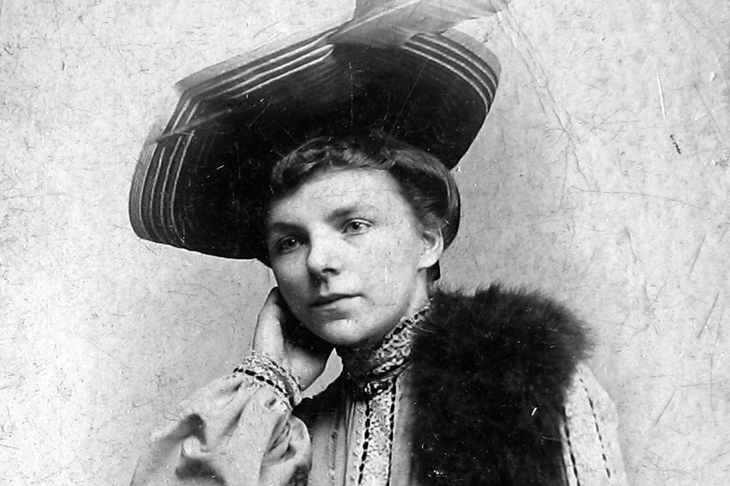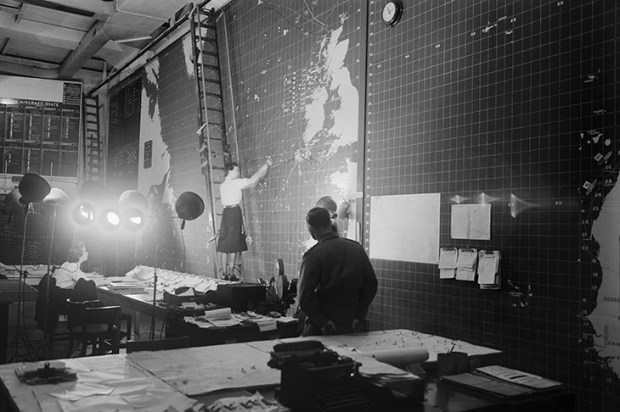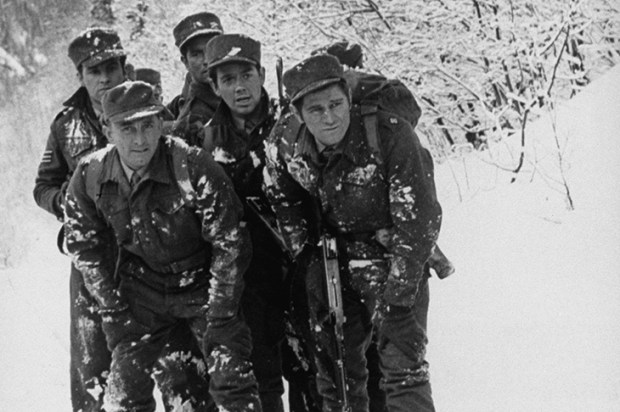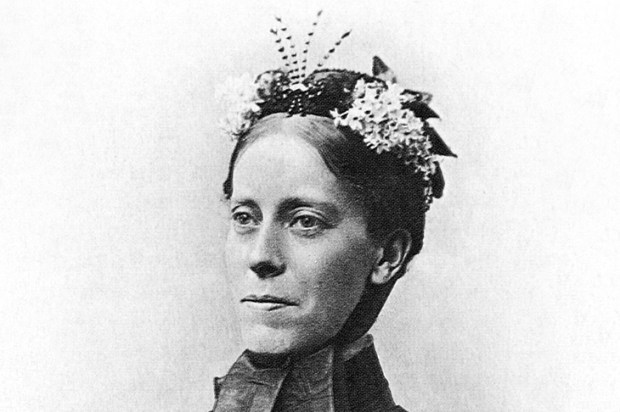Georgina Landemare cooked for the Churchill family in all their kitchens, during the 1930s and 1940s. She got as close to the inner workings of the prime ministerial stomach as it was possible to get for a non-family member. At Admiralty House, Chartwell, Chequers, Downing Street and even in the hastily put-up fitted kitchen in the Cabinet War Rooms, she eked out the rations into seven-course meals and accommodated both Churchill’s gluttony and his fussiness. There seem to have been plovers’ eggs in abundance.
The food historian Annie Gray’s previous books include an examination of the life of Queen Victoria through that monarch’s enormous, indiscriminate appetite for eating. In Victory in the Kitchen she recreates a corner of early 20th-century domestic life through the recipes and menus that Georgina left behind, supplemented by the copious records of the Churchills’ entertaining and, particularly, of Winston’s keen interest in both his food and his digestion.
For the latter he received conflicting advice from various doctors. One told him to avoid red meat, pickles, offal and mushrooms, and another ordered the removal of cheese, cucumber, pineapple, marmalade peel and strong coffee. Consommé, however, was recommended all round, and Churchill imposed exacting standards as to its clarity, often eating it in jellied form last thing at night. It is diverting to learn that the lunch Georgina cooked for the Churchills on 11 December 1936 included vanilla and fig ice cream with cherry sauce. It may not have been crucial to the unfolding of the abdication crisis that week, but it sounds delicious.
Landemare was already a successful professional cook by the time she was employed by the Churchills. What little is known of her childhood comes from the first 16 pages of a memoir she wrote in her nineties, her daughter and son-in-law having persuaded her to destroy the rest of it. They thought she was celebrating a life crushed by class exploitation; she thought she was celebrating one of professional success.
Born in 1882, near Tring, Georgina went into service at 14, then inched up the ladder, as so many did, to professional cook. Along the way she mastered the intricate pureeing, sieving, mincing and moulding skills required by fiendishly elaborate Edwardian dishes.
French cookery was the benchmark of good food in the first half of the 20th century — in fashionable households even rice pudding was called gâteau de riz — and in 1909 Georgina married Paul Landemare, a French chef 23 years her senior. He had been apprenticed in a Parisian restaurant during the siege of 1870, when food was so scarce that restaurants resorted to inventive dishes using the animals in the city zoo, including bear with red pepper sauce and roast donkey head.
Gray is an inventive researcher where she often has not much to go on. She ploughs through the censuses for clues to occupation and changing fortunes. She is particularly good on food fashions and what they tell us about the wider social picture (though even she can offer no possible explanation for a disgusting sounding 1930s salad of grapefruit, bananas and mayonnaise). She likes to get close up to the everyday past, working out exactly how a faggot oven worked, or how to force sea kale or the history of Hertfordshire straw-plaiting (the main occupation of the village where Georgina was born).
She is also excellent on cookbooks and how, decade by decade, they tell a story of changing aspirations. The book’s speculations on other aspects of history can be startling, however: it seems a bit off-kilter to suggest that the prevalence of Old Testament names in 19th-century Tring could be put down to the many Rothschilds living in the area.
Known by the Churchills as ‘Mrs Mar’, Georgina became a small celebrity after the war, and published her own book, Recipes From No. 10. She had started as an Edwardian kitchenmaid and lived to be interviewed on television by Joan Bakewell. Her life went from the age of the gas range to that of the microwave; from brain stew to boil-in-the-bag curry. ‘Now I start my track of life’ was the opening line of her memoir — and in its quiet way it turned out to be quite a journey of adventure.
Got something to add? Join the discussion and comment below.
Get 10 issues for just $10
Subscribe to The Spectator Australia today for the next 10 magazine issues, plus full online access, for just $10.
Listen to Annie Gray on Sam Leith’s Book Club podcast at spectator.co.uk/anniegray
You might disagree with half of it, but you’ll enjoy reading all of it. Try your first month for free, then just $2 a week for the remainder of your first year.














Comments
Don't miss out
Join the conversation with other Spectator Australia readers. Subscribe to leave a comment.
SUBSCRIBEAlready a subscriber? Log in